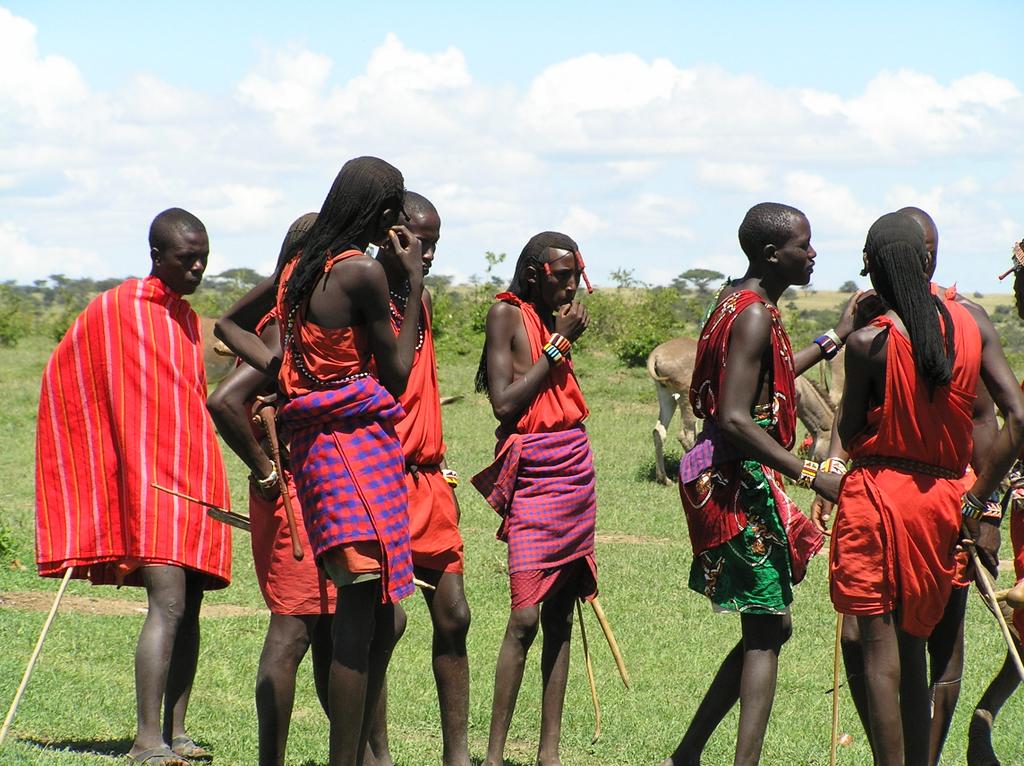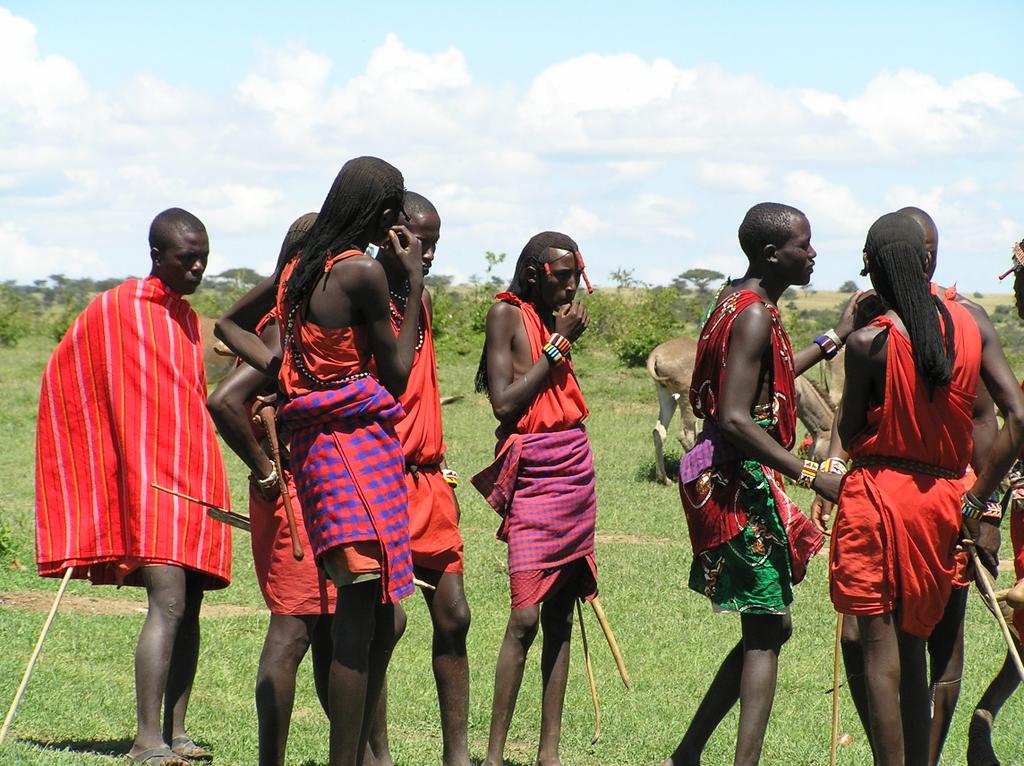The Maasai tribe is one of the most renowned African tribes. Although the tribe is made of just a small population, it is still one of the biggest attractions in Africa. The Maasai are found in Kenya, but there are also some living in Tanzania around the Ngorongoro crater just like the people of Luo. It is believed that they have been there for over a century and are the main residents of the Ngorongoro area. If you have plans on going for a safari in Kenya, it is likely that you will come across a local Maasai village or be given a guide to their traditions and history.
Maasai People, Tribe & Language
The Maasai is one of the few tribes in Africa that still live life the way they have for decades, honoring their culture, traditions, and history. Even though it not easy to ignore the influence of the outside world and modern culture, the Maasai have adapted uniquely, integrating modern ways of life with their culture. Their culture has not remained static, it is transforming, but its beliefs and core values remain strong.

The Maasai are predominantly warriors whose lives revolve around their cattle and herding them to lush, fresh vegetation. They believe that their rain god entrusted them with the cattle when the sky and earth split. A man’s wealth is measured by the number of cattle he has. A unique tradition in their culture is drinking raw blood from their cows, which they believe makes their body strong and is good for the elderly and children to build up their strength. Their main foods are meat and milk.
Read More: Kikuyu Tribe, People, and Culture
The language spoken by this unique tribe is the Maa, which belong to the Nilo-Saharan family language. They live in small settlements of about ten huts per homestead. A fence made of thorns to protect the household and the livestock surrounds the ‘manyattas’ (traditional huts). Women build these manyattas. They are constructed using twigs, branches, grass and cow dung. The Maasai women play a critical role in Maasai community, although the culture considers them minors. In addition to building the huts, they also milk cows and carry out household chores like fetching the water. The main duties of the men are to look after cattle and protect the community from cattle raiders.
The tribe’s relationship is based on a strict set of rules. The tribe is made up of several small groups of men who are of the same age group. These young men must undergo the ceremony of circumcision and dedication. After circumcision, the young warriors leave their homesteads, armed with spears to make their own life on the plains where they will be looking after cattle.
Maasai Culture, Women
You cannot talk about Maasai culture without mentioning Maasai beadwork done by the women. With bright hues, particularly red, green and blue, the beads are very symbolic of the culture. The most common necklace features a flat, large disc made of rows of beads that are put together using cowhide strips. They have now become prized fashion accessory recognized worldwide, but for the Maasai, they are traditional pieced and a very significant part of their culture.
The Maasai people have less regard for the women gender. The Maasai woman is by cultural and traditional always subjugated under the man, without a say, a life of her own and no education. As mentioned earlier, it is the woman’s responsibility to milk the cows, fetch water and she would walk very long distances to get water for the family. When she is married, she never has the right to divorce, unlike the man and in the case of a divorce or death of her husband, she will never be married again but will rather be inherited by a male member of her husbands’ family (in the case of death to her husband). They practice female circumcision but the irony is that the circumcision is done at a later stage – at 10 to 13 years and at that age they are set to be married off to anyone who can provide the exchange, usually cows or cash and it is customary for a wife to bear at least eight children. That number used to be seventeen.
The Maasai women do not do anything to improve their life. Their basic role in society is living out the whims and caprices of the men in their lives, either a father or a husband, little wonder their life expectancy is 45 years.
Their Warriors, Religion
Every young man in the Maasai tribe is expected to be a warrior but not all of them eventually become one. It takes a devilish courage to become a Maasai warrior. Wishes and expectations are simply not just enough. An intending Massai warrior must go through an open circumcision before the entire tribe without showing any signs of pain, this qualifies them to be warriors after they heal. Then they spend months in the bush where they learn how the kill predators.
While the elders are expected to handle the day to day administration of the tribe, the younger men take up the role of warriors whose responsibility is to keep the tribe safe from adversaries and the cattle from wild animals. They are also charged with taking the cattle for grazing in the hinterlands in the offseason. Aside from these responsibilities, a warrior in the Maasai tribe also have some privileges. The Warriors have a chief. In the past, any warrior who could kill a lion becomes the chief. But due to conservation and anti-poaching laws, he is chosen by a high jump ritual.
Warriors are groomed according to age groups. After serving the tribe for 20 years as warriors, another process is initiated for the grooming of the next set of community warriors. And what happens to the older warriors? they transit into the eldership phase. They begin to develop and learn the basics of communal politics and so become elders of the tribe, thus, handing the baton of warriors to the next generation.
The Maasai tribe is a monotheist tribe. They believe in one God who they refer to as Ngai. Ngai manifests in two forms which are represented by the colors black and red. The black representation is called Ngai Narok which shows the god as a good and gracious God. The red representation depicts the angry side of Ngai and is called Ngai Na-Nyokie.
